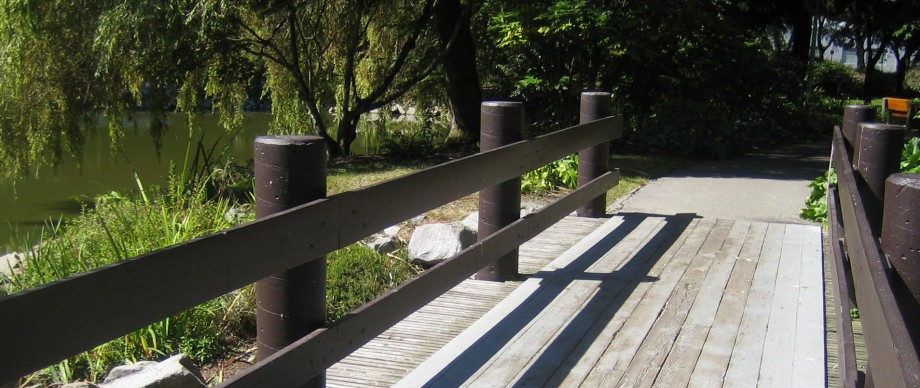Erupting Volcanoes
This week’s Fun Friday activities are all about Volcanoes. Your STEM building challenge will be to build a volcano that erupts.
Activity #9a: How Do Volcanoes Erupt
Let’s get into the spirit of this week’s Fun Friday activities by listening to the StoryBots sing about how volcanoes erupt.
Watch the video.
That was a fast moving look at how volcanoes erupt. Now, let’s learn some more about volcanoes.
__________________________________________________
Activity #9b: All About Volcanoes
What is a volcano?
A volcano is a mountain that opens downward to a pool of molten rock below the surface of the earth. When pressure builds up, eruptions occur. Gases and rock shoot up through the opening and spill over or fill the air with lava fragments. Eruptions can cause lateral blasts, lava flows, hot ash flows, mudslides, avalanches, falling ash and floods. Volcano eruptions have been known to knock down entire forests. An erupting volcano can trigger tsunamis, flash floods, earthquakes, mudflows and rockfalls.
How are volcanoes formed?
Volcanoes are formed when magma from within the Earth’s upper mantle works its way to the surface. At the surface, it erupts to form lava flows and ash deposits. Over time as the volcano continues to erupt, it will get bigger and bigger.
What are the different stages of volcanoes?
Scientists have categorized volcanoes into three main categories: active, dormant, and extinct. An active volcano is one which has recently erupted and there is a possibility that it may erupt soon. A dormant volcano is one which has not erupted in a long time but there is a possibility it can erupt in the future. An extinct volcano is one which has erupted thousands of years ago and there’s no possibility of eruption.
Why do volcanoes erupt?
The Earth’s crust is made up of huge slabs called plates, which fit together like a jigsaw puzzle. These plates sometimes move. The friction causes earthquakes and volcanic eruptions near the edges of the plates. The theory that explains this process is called plate tectonics.
How many volcanoes are there?
There are more than 1500 active volcanoes on the Earth. We currently know of 80 or more which are under the oceans.
What is the difference between lava and magma?
Magma is liquid rock inside a volcano. Lava is liquid rock (magma) that flows out of a volcano. Fresh lava glows red hot to white hot as it flows.

__________________________________________________
Volcanology:
Volcanology (also spelled vulcanology) is the study of volcanoes, lava, magma, and related geological, geophysical and geochemical phenomena (volcanism). A volcanologist is a geologist who studies the eruptive activity and formation of volcanoes, and their current and historic eruptions.
Volcanologists use many different kinds of tools including instruments that detect and record earthquakes (seismometers and seimographs), instruments that measure ground deformation, instruments that detect and measure volcanic gases, instruments that determine how much lava is moving underground), video and still cameras, infrared cameras, satellite imagers, webcams, etc!
Watch the video to see some real-life volcanoes.
**************************************************
Activity #9c: Build an Erupting Volcano
Materials you will need:
- A mound of soil/sand/dirt.
- A container about the size of a baby food jar.
- Vinegar – 1 ounce
- Baking soda – 2 spoonfuls
- Liquid dish washing soap – 1 spoonful
- Red and yellow food coloring – 5 drops (optional).
Directions:
Step 1: Form a mound of soil/sand/dirt into a cone shape.
Step 2: Create an opening at the top of the mound and insert your jar into the opening.
Step 3: Add the baking soda into the jar/container.
Step 4: Add the dish soap.
Step 5: Add the food colouring (optional).

Step 6: Add the vinegar.

Step 7: Now watch what happens.

Your volcano should have erupted!
What caused it to happen? There was a Chemical Reaction.
A VOLCANO is produced over thousands of years as heat and pressure build up. That aspect of a volcano is very difficult to recreate in a home experiment. However this volcano will give you an idea of what it might look like when a volcano erupts flowing lava.
This is a classic experiment in which a CHEMICAL reaction can create the appearance of a PHYSICAL volcano eruption. The reaction will bubble up and flow down the side like a real volcano (only much faster!
Here is a copy of the directions in case you wish to repeat your erupting volcano demonstration.
